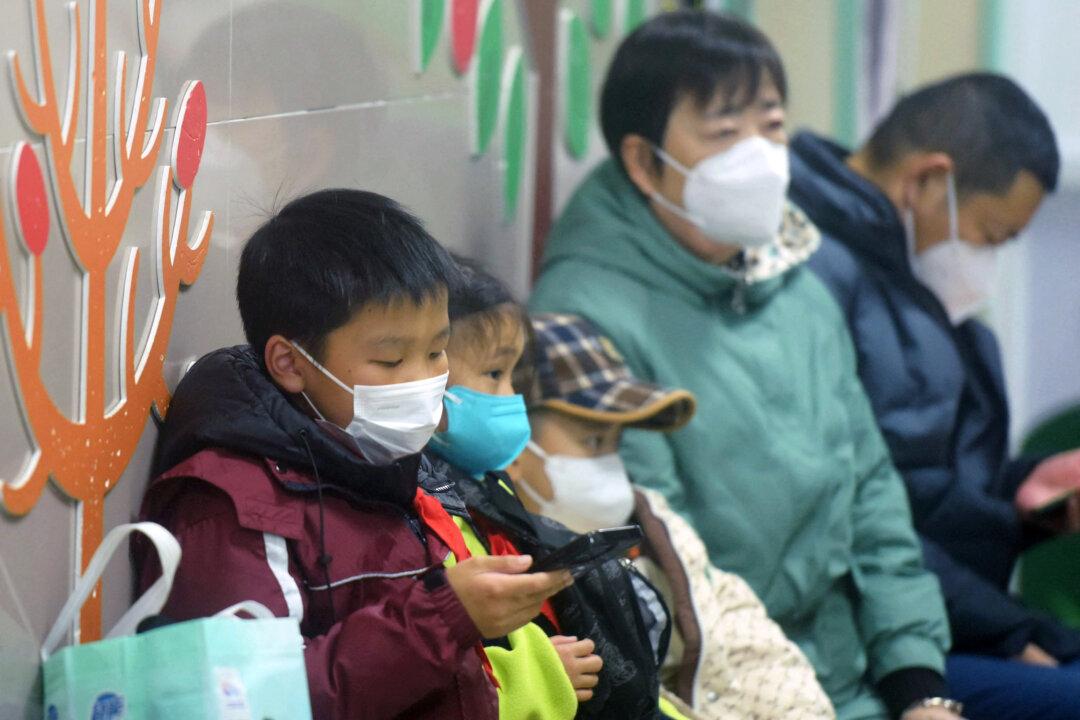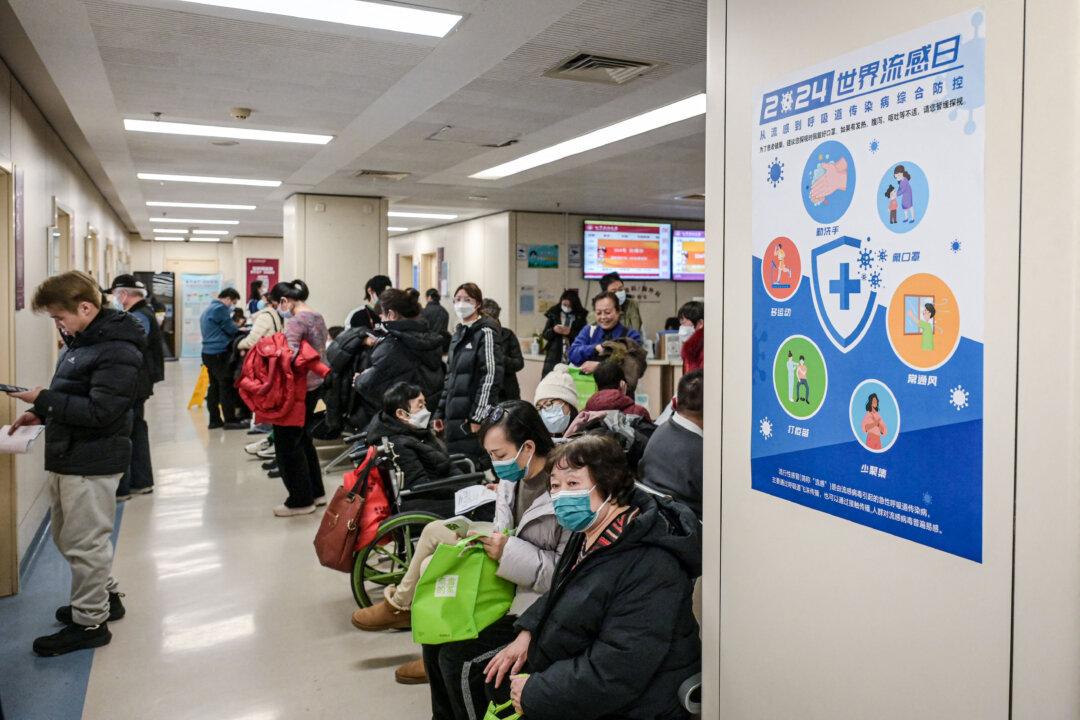Newly released official data from the Chinese communist regime’s National Bureau of Statistics for the month of May have revealed that China’s industrial growth rate has slowed, and that investments in infrastructure, manufacturing, and real estate fell across the board from January to May.
The authorities have tried to portray positive prospects for the economy with the new numbers and attributed it to the success of its central planning.
However, economists have pointed out the data show that China’s economy, with heavy state intervention, is exhibiting the traits of a “zombie economy.”
Following the report, a spokesperson for the National Bureau of Statistics said on June 17 at a news conference that as a whole, the Chinese economy has “continued to recover and improve” because of the Chinese Communist Party’s (CCP’s) supportive policies, the allocation of investment from the central government’s budget, and the accelerated issuance of special bonds.
Wang Guo-chen, an assistant researcher at the Chung-Hua Institution for Economic Research in Taiwan, told The Epoch Times that currently, China’s economy is a “zombie economy” that only moves when it’s pushed by the state power.
“When the government’s power presses down, then the zombie economy jumps a bit. But when government intervention is gone, it stops moving.”
He explained that “zombie economy” is an economic term that usually refers to a situation where unprofitable or near-bankrupt businesses or economic sectors are able to maintain operations because of government support, low interest rates, and continuous loans.
“As soon as the CCP’s government’s funds don’t pour in, investment will fall, and industrial added value will also fall, and PMI [Purchasing Managers’ Index] will fall as well,” Mr. Wang said.
PMI is an indicator of the prevailing direction of economic trends in the manufacturing and service sectors. A reading lower than 50 indicates economic contraction.
Official Data
According to the new data, the growth in three major areas of China’s economy has slowed. National real estate development investment fell by 10.1 percent year-on-year in May and decreased 0.3 percentage points from the previous four months. Meanwhile, infrastructure investment had a decrease of 0.3 percentage points from the previous four months but increased by 5.7 percent year-on-year, and manufacturing investment saw a decrease of 0.1 percentage points from the previous four months but increased by 9.6 percent year-on-year.The CCP’s official numbers have always been questioned by the outside world for portraying an overly positive picture. It has been revealed in recent days that many of the CCP’s state-owned enterprises have been manipulating their financial data. The six major state-owned enterprises that were exposed for financial fraud in the past two months are listed companies, and their inflated revenues totaled more than 16 billion yuan ($2.2 billion). About 40 state-owned enterprises have been fined or warned this year for reporting inflated revenue, according to Chinese media reports.
“The growth rate of industry and investment are definitely lower than expected because China’s industrial investment is mainly driven by exports and domestic demand,” said economist Davy J. Wong regarding the new data.
“China’s recent exports to Europe and the United States, which are the main high-profit markets, have not grown at all but have shrunk.”
He anticipated that in the second half of the year, with the significantly increased tariffs by the United States and the European Union, “it’s impossible for China’s industry to increase investment to counter the expected increase in tariffs. So overall, we’ll see that China’s industry will be operating below the PMI.”
Henry Wu, a Taiwanese macroeconomist, said, “The manufacturing and investment were worse than expected, which means the economy is still declining. It should continue to deteriorate, because China’s economic issues have entered the stage of becoming structural problems.”
He said that the Chinese regime has tried different policies and measures to solve the host of economic problems, but none of them have worked.
‘State Enterprises Advance, Private Sector Retreats’
The new data also indicate that the profits of China’s industrial enterprises increased by 4.3 percent year-on-year from January to April.“From the perspective of the state-owned sector, this may be good, but from the perspective of the private economy, this may be bad,” Mr. Wong said.
The economist pointed out that among the top 500 Chinese enterprises in 2023, state-owned enterprises accounted for more than half, at 51.2 percent, “which has never happened in the past.”
In terms of revenue share, “state-owned enterprises are getting stronger and stronger, with positive profits accounting for 71 percent and assets accounting for 83 percent,” he explained. “Overall, the state is advancing and the private sector is retreating.”

However, Mr. Wong said the overall economic situation of state-owned enterprises is not ideal, either, and has been a continuation of last year’s challenging situation.
“According to the statistics of 2023, the net profit of the top 500 Chinese enterprises decreased by 3.8 percent. In general, that means their businesses grew, but profits decreased. And 43 enterprises suffered losses. A total of 258 enterprises saw a decline in profits, and more than half of them had a significant decline in profits.”
Economist Mr. Wu said that he believes the CCP’s current measures don’t actually prioritize saving the economy but are aimed at maintaining the regime’s political stability in the event of economic collapse.
“That is, how to deal with possible social protests, resistance, and the like,” he said.






